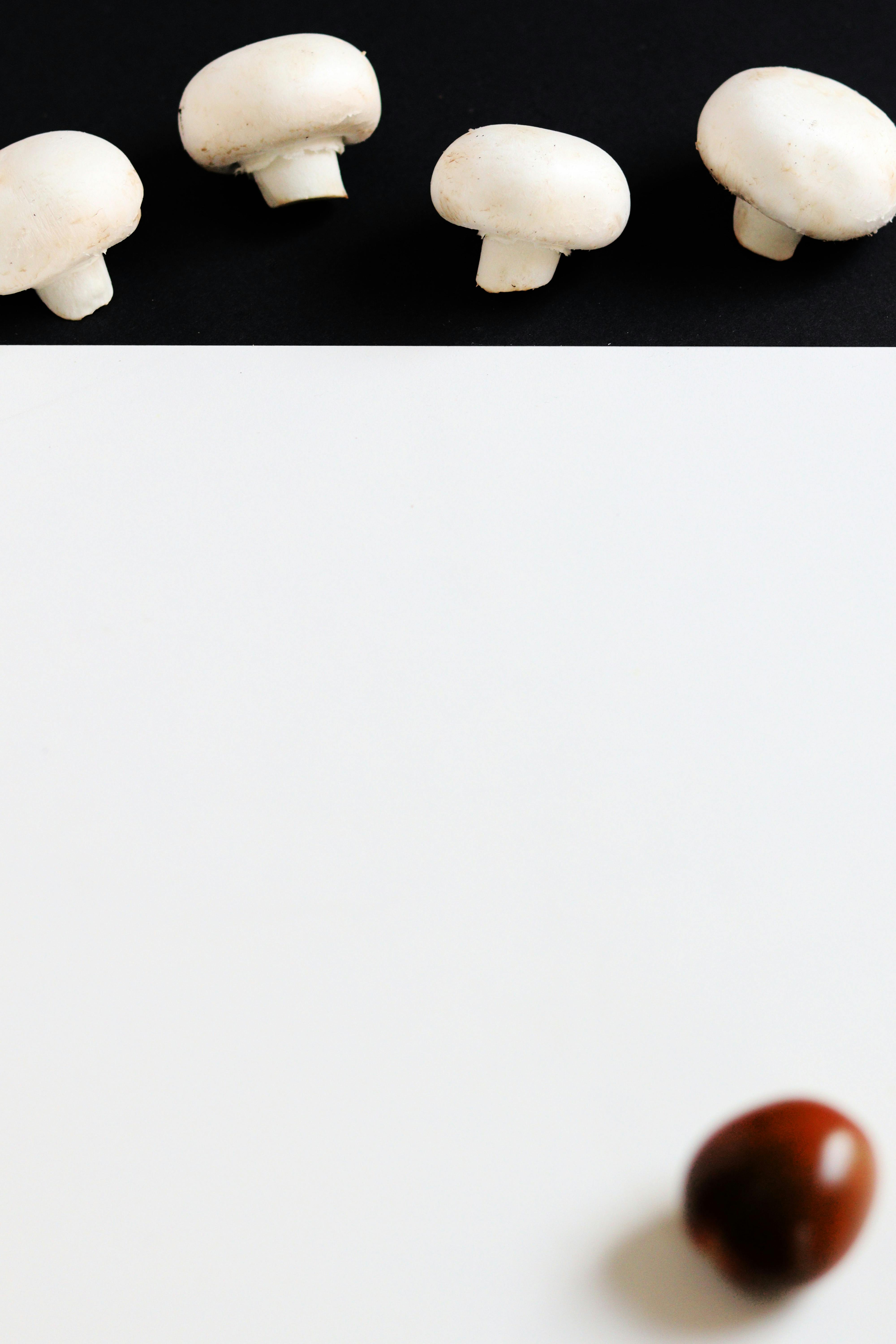Effective Ways to Remove Stripped Screws: Essential Tips for 2025
Stripped screws can be a frustrating setback during a DIY project or repair job, often causing delays and additional challenges. Understanding how to remove stripped screws is not only a valuable skill but also one that can save time and resources. There are several effective methods for extracting damaged screws, and with the right tools and techniques, these can be accomplished with relative ease.
In this article, we will explore various solutions for stripped screws, including tools specifically designed for their removal, and provide you with expert tips for handling these stubborn fasteners safely and efficiently. We’ll also share insights on how to prevent stripped screws in future projects, making your repairs smooth and successful. Here’s what to expect:
- Discover essential tools for safe screw removal.
- Learn effective screw extraction techniques.
- Understand how to repair stripped screw holes.
- Get practical advice and expert recommendations.
- Explore step-by-step processes for various extraction methods.
By the end of this guide, you’ll be equipped with the knowledge and skills to tackle stripped screws confidently. Let's dive into the best methods for removing stripped screws and ensure your projects proceed without a hitch.
Essential Tools for Removing Stripped Screws
Having the right tools is crucial when it comes to effectively removing stripped screws. Certain tools can vastly improve your chances of successful extraction without causing further damage. Here are some essential tools to consider:
1. Screw Extractors
Screw extractors are specialized tools designed specifically for dealing with stripped screws. They come in various sizes and work by creating a reverse thread that grips the screw securely, allowing you to turn and unscrew the fastener. It’s essential to choose a screw extractor that matches the size of the stripped screw you are dealing with.
2. Rubber Band Method
This simple but effective technique can help restore grip to a stripped screw. Place a thick rubber band over the screw head before attempting to unscrew it. The rubber material can provide extra traction for screwdrivers, allowing for easier removal.
3. Electrical Tape
Similar to the rubber band method, wrapping electrical tape around the screw head can also enhance the grip for your screwdriver. This technique is useful for screws that are slightly stripped and still have some material left on their heads.
Building on these foundational tools, let’s explore some techniques that can be applied for effective screw extraction.
Effective Screw Extraction Techniques
Once you have the right tools, it’s about knowing how to effectively use them to remove stripped screws. Various techniques can be applied depending on the level of damage to the screw and surrounding material.
1. Left-Handed Drill Bits
For screws that are particularly stubborn, using left-handed drill bits can be an effective solution. These drill bits are designed to rotate counterclockwise, which helps to loosen the screw while drilling into it. Often, the simple act of drilling can help extract the screw as it becomes loose.
2. Cold Chisel
A cold chisel can also be used for stripped screws that require a more aggressive approach. By tapping the chisel against the edge of the screw head, you can create enough force to break the grip of the screw, allowing for extraction. However, caution should be taken to avoid damaging the surrounding material.
3. Hammer and Screwdriver
For some stripped screws, a strong tap from a hammer on the screwdriver can create enough force to break free the screw. This method is effective when used on screws that have some exposure and are not completely flush with the surface. Ensure you apply consistent pressure to avoid slipping.
Connected to these methods, let's discuss the importance of proper techniques for preparing screw holes and preventing future stripping.
Repairing Stripped Screw Holes
Even with the best extraction methods, sometimes screws can damage the holes they occupy. Knowing how to repair stripped screw holes can help ensure a secure fit for replacement screws. Here are effective strategies to consider:
1. Using Wood Glue and Toothpicks
If you’ve stripped a screw hole in wood, a simple yet effective method is to fill the hole with wood glue and insert toothpicks. Once the glue dries, trim the excess, and reinsert the screw into the newly hardened material. This provides a snug fit without compromising strength.
2. Epoxy Fillers
For more extensive repairs, epoxy fillers can be ideal for reinforced strength. Mix the epoxy according to the packaging, apply it to the stripped hole, and insert a replacement screw before it cures. This creates a strong bond that can withstand significant stress.
3. Use of Threaded Inserts
Threaded inserts provide a long-term solution for repairing stripped screw holes, especially in metallic materials. By creating a new threading inside the existing hole, these inserts allow screws to secure firmly without risk of stripping based on their new, reinforced environment.
With these repair methods in mind, let’s move on to common mistakes to avoid when attempting screw removal to prevent future issues.
Common Mistakes to Avoid While Removing Screws
While removing stripped screws, there are common pitfalls that can make the process more difficult, leading to further damage or frustration. Being aware of these can save you time and stress.
1. Applying Too Much Force
One of the most common mistakes is applying excessive force when trying to unscrew a stripped screw or using the wrong tool. This can lead to breaking the screw head or damaging the surrounding material, creating a larger problem and hassle. Instead, apply steady, moderate pressure and allow the tool to do the work.
2. Not Choosing the Right Size Tool
Using a screwdriver that doesn’t fit the screw securely can worsen the stripping. Always ensure you select the right size and type of screwdriver to improve your chances of successful removal. Relying on adjustable or multi-tools can sometimes lead to mismatches.
3. Ignoring Safety Precautions
Lastly, it’s critical to maintain safety practices. Using tools without protective eyewear or gloves can lead to accidents. Be sure to wear appropriate gear to protect your eyes and hands from flying debris or accidental slips.
This naturally leads us to techniques for minimizing the chances of stripping screws in future projects.
Strategies for Avoiding Stripped Screws
Preventing stripped screws is often simpler than repairing them. By understanding and implementing strategies during installation, you can ensure your screws stay intact and functional.
1. Correct Torque Settings
When driving screws, especially into dense materials, be sure to use the correct torque settings on your power tools. This ensures you don’t overtighten screws, reducing risk of stripping. Adjust your tool according to the material you are working with to achieve optimal results.
2. Pilot Holes
For woodwork, drilling a pilot hole slightly smaller than the screw diameter prevents the wood from splitting and allows the screw to enter smoothly. Pilot holes act as guides and reduce the risk of screws stripping as you drive them in.
3. Using the Right Material
Choosing the right screws for your materials is essential. Different materials have varying hardness and density levels; selecting screws designed for the material type can enhance durability and minimize risks. Always have a variety of screws and fasteners on hand that are designed for specific tasks.
Conclusion
Successfully removing stripped screws is a skill that can greatly enhance your DIY capabilities. With the right tools, techniques, and strategies, you can avoid the frustrations that come with these stubborn fasteners. Always remember to practice safety and consider preventative measures to minimize stripping in future projects.

For further insights and information, check out these links on other related topics: here and here.

